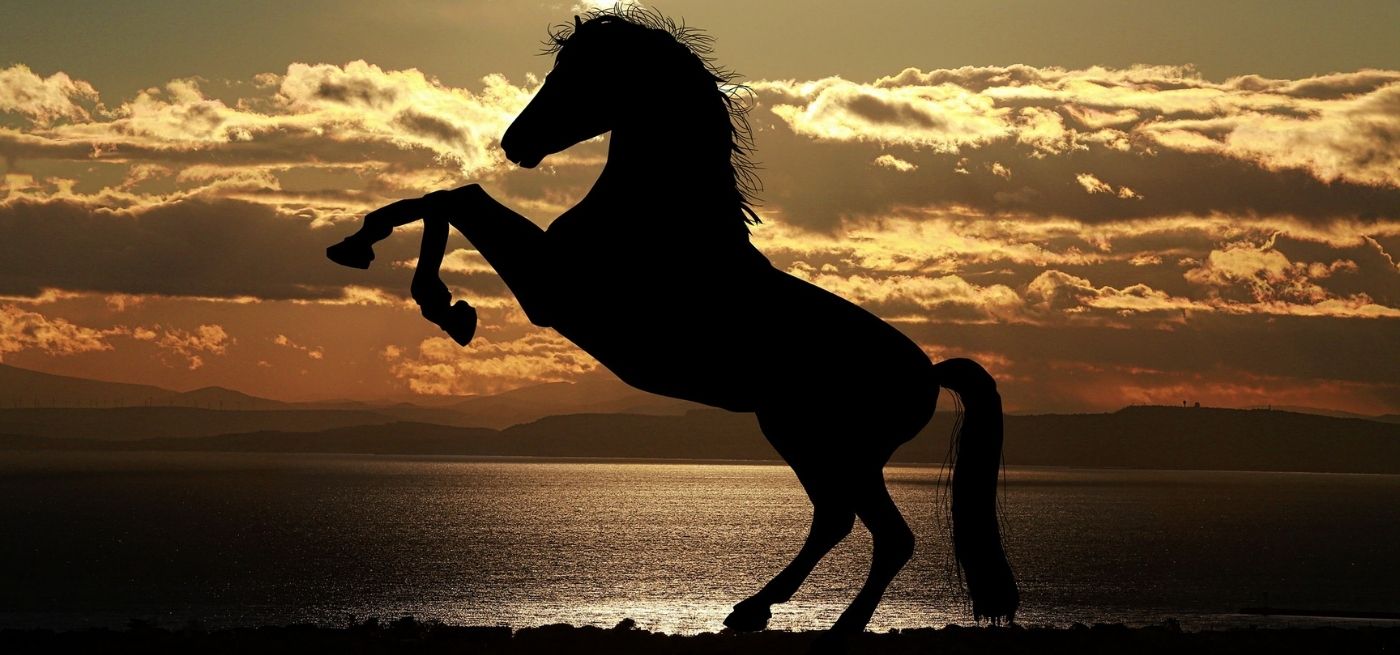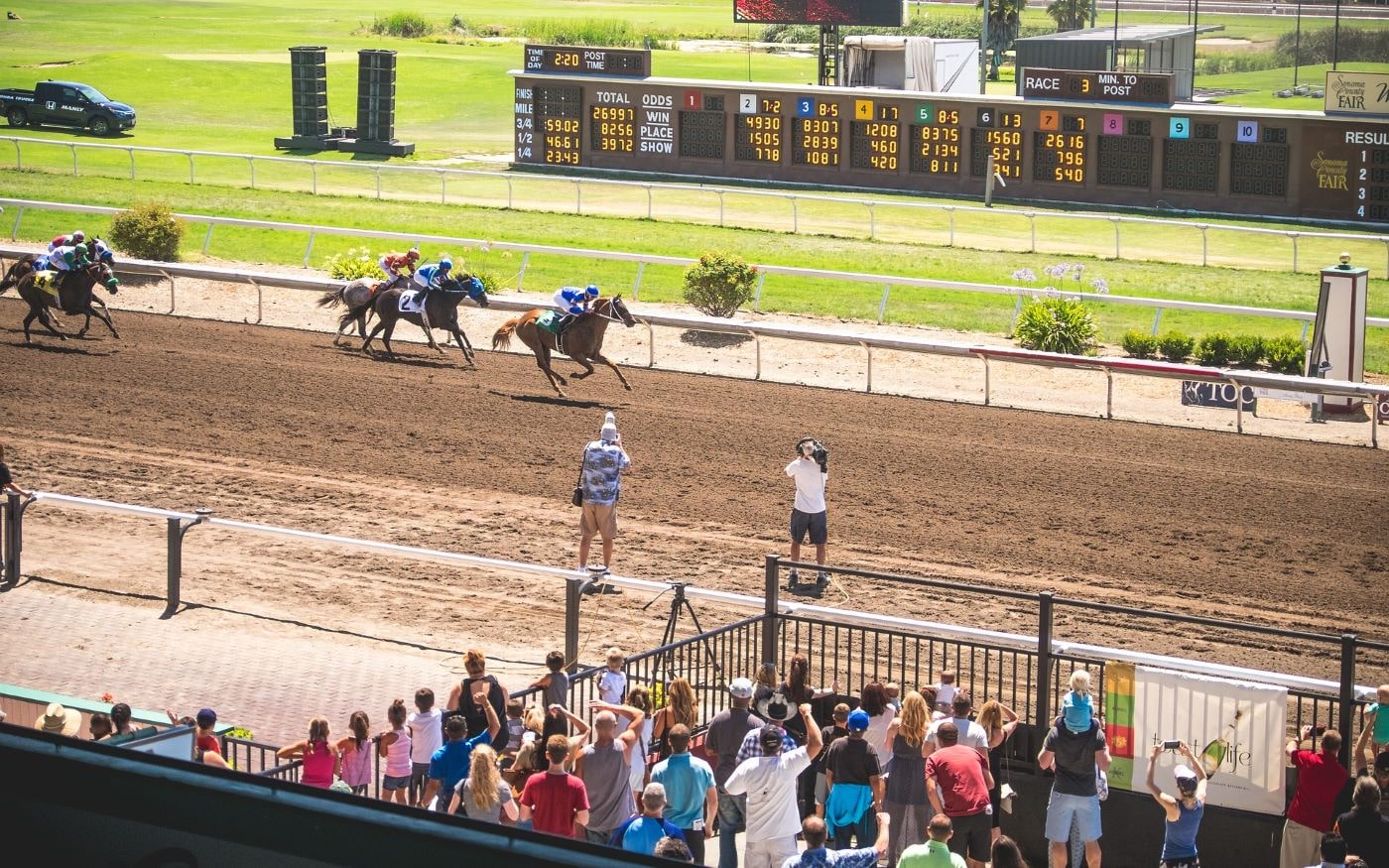
The Northwest USA
The Real America: The Region in the Northwest USA. The region is BIG and famous with most amazing horses in USA! It extends over more than 1 million km. square, but has a population of less than 3 million. Which means: less than 3 inhabitants per square kilometer. Montana alone is almost as large as Germany and is the fourth largest state in the United States. In many areas, there are more grizzlies, deer, moose, and forests than people.
You will discover a region of majestic beauty, of genuine and simple people, with an incomparable wildlife heritage, exciting outdoor activities in both summer and winter, historical places full of charm and endless experiences to experience the West and its mighty nature in large spaces!
Here are: Yellowstone, Grand Teton, Glacier, Badlands and Theodore Roosevelt National Park. Mount Rushmore, Crazy Horse National Memorial. Devils Tower and Little Bighorn National Monument, Cheyenne, world capital of Rodeo – Cody city of Buffalo Bill, Deadwood city of gunfighters Wild Bill and Calamity Jane, Charlie Russell’s Montana, the Fargo of the silver screen, Medora and her musical, Sturgis capital of motorcyclists, Rapid City is the gateway to the Black Hills, young Missoula, Jamestown and Bismarck.
Ranches and wild horses, American Indians and bison, rodeos, thousands of outdoor adventures: world-class snow in Jackson Hole and Big Sky, fly fishing in our great rivers and lakes, the descent of the rapids and the fantastic roads to be traveled by car and motorbike in complete freedom.
Experiencing the West of the Rocky Mountains
Admiring and experiencing the West of the Rocky Mountains by motorbike, car or on board a camper is a truly unique travel experience. Road vehicle hire is available at major airport hubs. The traveler can then take advantage of the various accommodations: hotels, campsites, bungalows, ranches spread throughout the region.
The Real America region, as well as offering spectacular scenery and nature reserves, several major national attractions such as the Park Yellowstone, the Glacier, the Theodore Roosevelt and the Badlands, it also offers a glimpse of the cultural and historical aspects of the American West, is the old and the new, where cowboys abound with their jokes and horses and Native Americans still practice their customs and traditions.
Nature lovers can forge their trip on hundreds of attractions, while those who love the outdoors and the most dynamic holidays can choose among the many activities: fishing, canoeing, rafting etc.

North Dakota
North Dakota, made up of 53 counties, is part of the United States and owes its name to the Sioux group, one of the original peoples of the United States. Geographically it is located in the north-central part of the United States bordering Canada to the north, South Dakota to the south, Minnesota to the east and Montana to the west.
In the eastern part there are very fertile plains ending with the Red River while in the western part a still flat but arid part called the Badlands prevails. The economy of this state is mainly based on agriculture. Above all in the east but partly also in the west, cattle breeding is widespread, mostly cattle, while in the subsoil near the border with Saskatchewan there are lignite deposits.
North Dakota – Theodore Roosevelt Favorite Territory
The major cities are Bismarck and Fargo. Bismarck, which is the capital of this state as well as the county seat of Burleigh County, is crossed by the Missouri River, and owes its name to the German Chancellor Otto von Bismarck. Fargo, the capital of Cass County and located in the Red River Valley region, is an important economic center in the area, especially popular for business trips.
The North Dakota was “Frontier”, the real one, forgotten land as hard, difficult to master, so little inclined to the easy life: A state of mind which today is a real place, full of wild melancholy that accompanies the long roads lined with fences and grazing herds. It was in North Dakota – the then Dakota Territory – that Theodore Roosevelt came in 1883 to hunt bison. He was a skinny young New Yorker, eager to experience the “dude” experience in the West and escape from sad family fatalities. He could never have imagined then how much his adventure in this remote and little known part of America contributed – subsequently – to a substantial change in the path of the nation.
The harsh landscape and the strenuous life of North Dakota that Theodore Roosevelt lived have helped – in fact – the creation of a policy of protection of the territory, of which the benefits are still widely enjoyed today. So here is that already only the Theodore Roosevelt National Park of North Dakota (1947) may be the beginning of the discovery of this state: a national park that honors the 26th American President.
The Charm of The State
In North Dakota in more recent times no one would have thought of finding the real Klondike! In fact, oil is the state’s most prolific resource, so much so that it has radically transformed the frontier of the bitter past that it once was, into a better future for all its inhabitants. North Dakota has thus ensured well-being for its generations to come. Since 2012 it has been the state with the fastest growth but – despite this – its soul remains linked to agriculture and livestock, its main industries. Rapeseed oil, for example, is such a leading production that it has filled all 19 floors of the State Capitol 19 times, as is sugar production, which holds the third place in the US. What about the honey that is produced in North Dakota more than in any other American state, as well as the cultivation of sunflowers.
The North Dakota retains a charm to say the least primitive, certainly legendary, with cold, harsh winters and hot summers, showing its landscapes and natural heritage of mountains, plains, canyons and the great Missouri River. It is a large state of 193,482 sq km. The state is divided into six regions.
For the traveler looking for authentic experiences, North Dakota offers 10 scenic roads; 13 State Parks; about forty vineyards and about ten wine producers; the record of 118 golf courses (the highest number per capita in the USA!), 6 Native Indian Reserves and a splendid panoramic road that crosses them, 1 National Park and about fifty Historical Sites, in addition to the adventure of plowing the same exploratory path made in the 19th century by the first great explorers of the Corps of Discovery, Lewis and Clark. All seasoned with the candor and legendary tenacity of the Dakotans.
